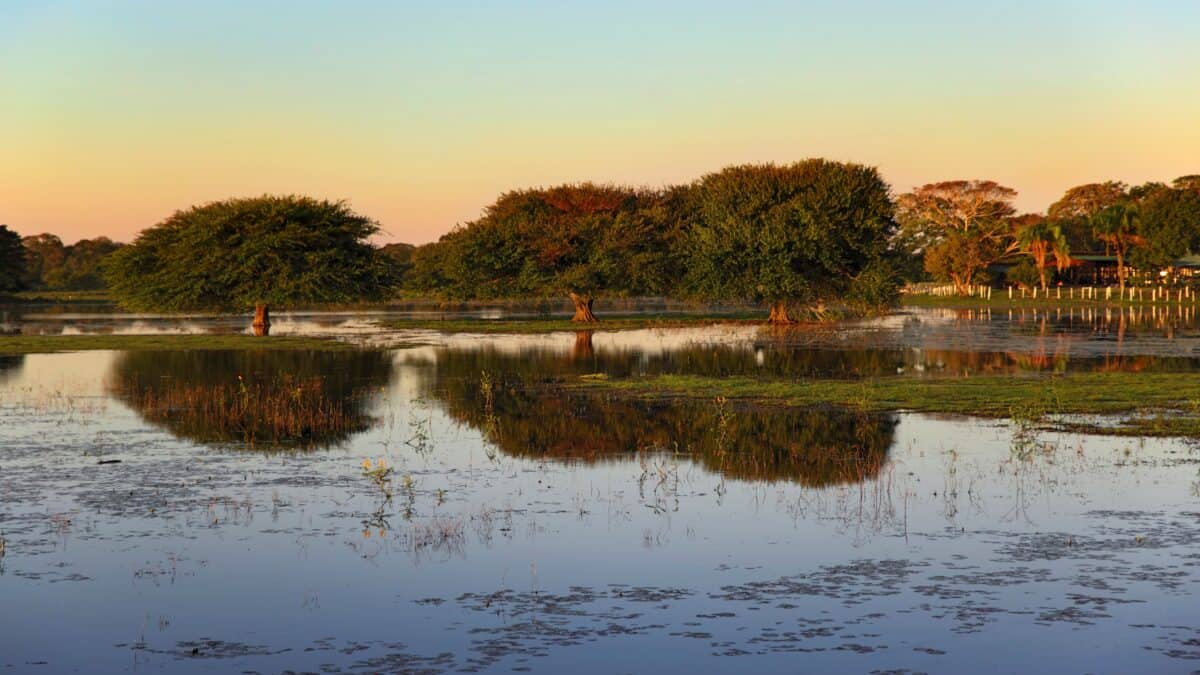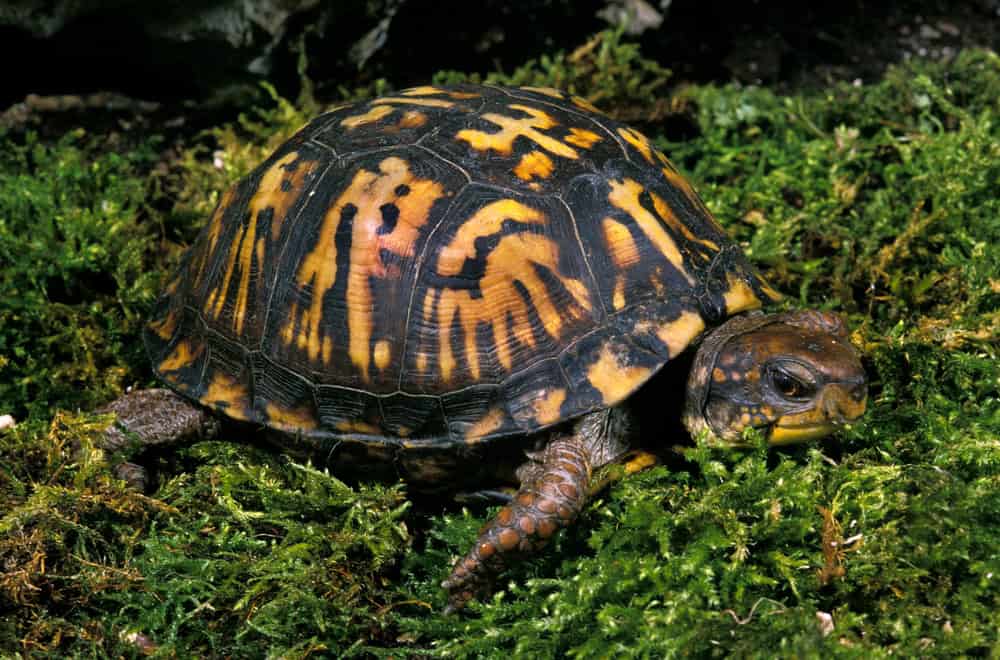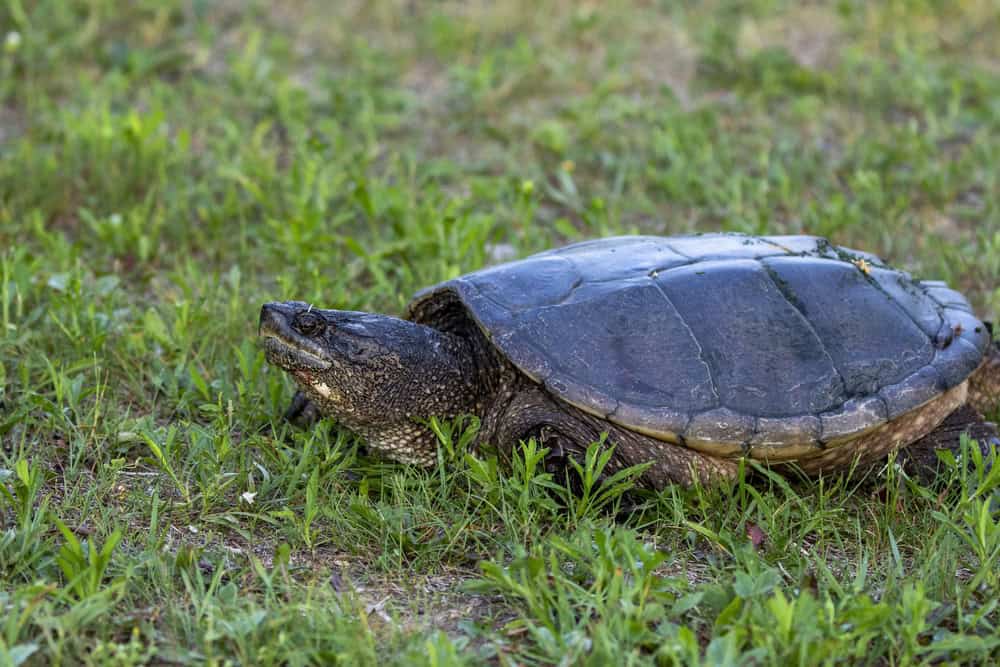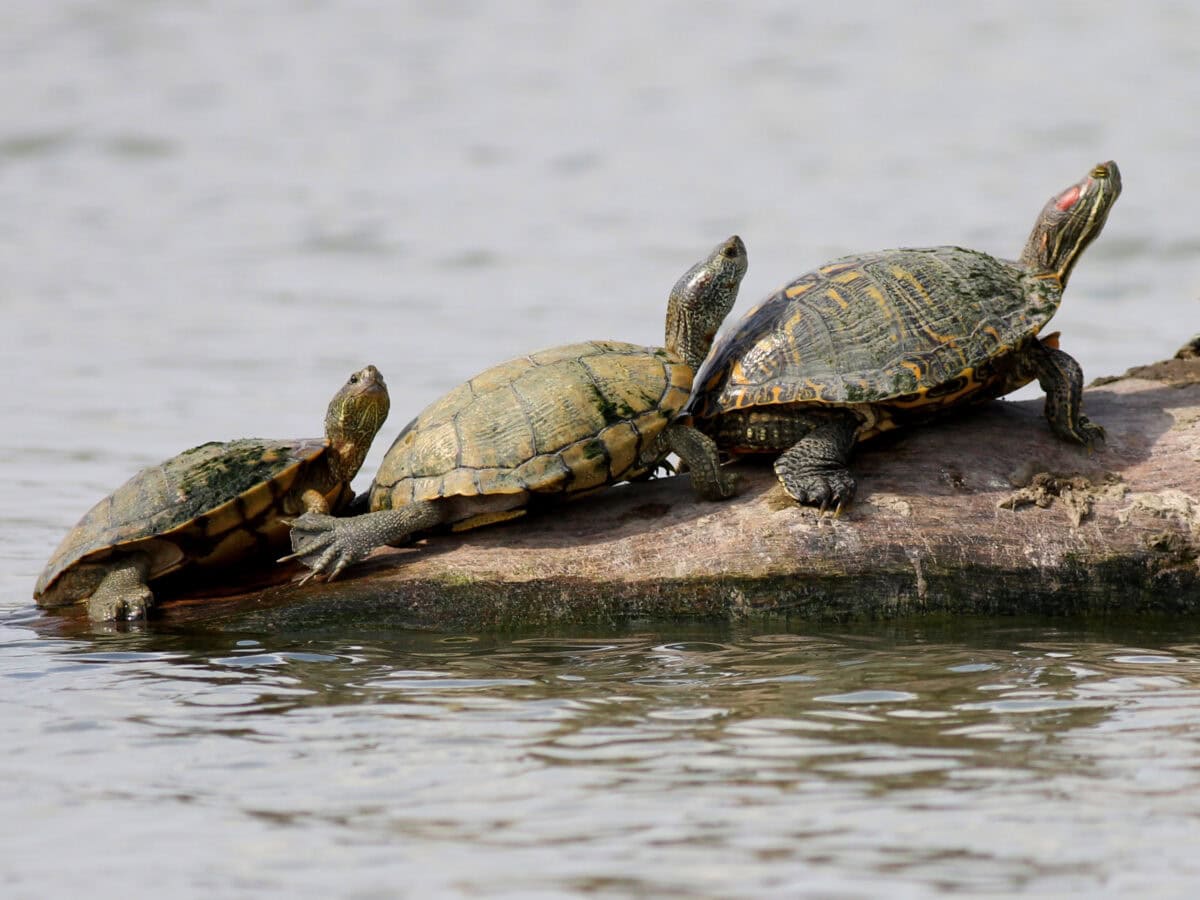South Carolina is home to a vibrant array of wildlife, thanks in no small part to its vast and flourishing wetlands. Among the most intriguing inhabitants of these aquatic environments are the diverse turtle species that call South Carolina’s wetlands home. From the playful antics of river cooters to the ancient allure of snapping turtles, these shelled creatures add a unique charm to the state’s natural landscape. Join us as we embark on a journey to discover the most distinctive turtles inhabiting South Carolina’s wetlands.
Introduction to South Carolina’s Wetlands

The wetlands of South Carolina span a diverse range of ecosystems, from freshwater marshes to cypress swamps. These areas provide critical habitats not only to turtles but also to a myriad of other species. The wetlands’ unique blend of aquatic and terrestrial environments supports a rich tapestry of life, making it a haven for biodiversity.
The Importance of Wetlands for Turtles

Wetlands play a crucial role in the survival of turtle species. These areas offer abundant food sources, suitable breeding grounds, and essential protection from predators. The complex ecosystem of wetlands also creates a delicate balance that allows turtles to thrive.
Meet the Painted Turtle

The painted turtle, with its vibrant red and yellow markings, is one of the most recognizable turtle species in South Carolina. These turtles thrive in calm ponds and marshes, where they bask on logs and rocks in the sunshine. Their adaptability to various wetland environments makes them a common sight across the state.
Unveiling the Eastern Box Turtle

Known for its domed shell and striking color patterns, the Eastern box turtle is another fascinating inhabitant of South Carolina’s wetlands. Unlike many other turtles, the box turtle is primarily terrestrial but stays close to water sources. Their ability to completely close their shell is a unique defense mechanism against predators.
The Mysterious Snapping Turtle

Snapping turtles, with their prehistoric appearance and powerful jaws, are among the most enigmatic residents of the wetlands. They prefer slow-moving rivers and ponds, often seen lurking beneath the water’s surface, waiting patiently to strike at unwary prey. While they may appear menacing, snapping turtles are an integral part of the ecosystem, helping control fish and invertebrate populations.
Understanding the Role of the River Cooter

River cooters are large, sociable turtles that are often spotted basking in groups along riverbanks. Their diet primarily consists of aquatic vegetation, which helps maintain the ecological balance of their wetland habitats. The presence of river cooters is a good indicator of a healthy aquatic ecosystem.
The Fascinating Life Cycle of Turtles

Turtles have a unique life cycle that contributes to their resilience as a species. Most turtles lay eggs on land, with the hatchlings making a perilous journey to the safety of the water. The survival rate is low due to natural predators, but those that make it to adulthood can live for several decades.
Threats Facing South Carolina’s Wetland Turtles

Despite their hardiness, turtles face significant threats from habitat destruction, pollution, and climate change. Wetland drainage for urban development disrupts their habitats, while polluted waters pose health risks. Conservation efforts are vital to preserving these unique species for future generations.
Conservation Efforts and Turtle Rehabilitation

Various conservation programs across South Carolina are dedicated to protecting wetland turtles and their habitats. These efforts include habitat restoration, legal protections, and rehabilitation facilities for injured turtles. Public awareness and education play a crucial role in ensuring the success of these initiatives.
How You Can Help Protect Wetland Turtles

Individuals can contribute to turtle conservation by supporting local wildlife organizations, participating in wetland clean-ups, and respecting natural habitats. Simple actions, such as reporting injured turtles, can make a significant difference in their survival.
Observing Turtles in the Wild

Observing turtles in their natural habitat offers a unique perspective on their behavior and the ecosystems they inhabit. Visitors are encouraged to maintain a respectful distance and avoid disturbing their environments, ensuring that these gentle creatures can continue to flourish undisturbed.
A Treasure Trove of Biodiversity

South Carolina’s wetlands are a treasure trove of biodiversity, with turtles playing an essential role in the ecosystem’s health and balance. Understanding the unique characteristics and challenges faced by each species helps foster appreciation and drive conservation efforts. By protecting these remarkable creatures and their habitats, we ensure that future generations can marvel at their wonder and resilience.
- How Climate Change is Creating More Superstorms - August 25, 2025
- The Most Unique Turtle Species Living in South Carolina’s Wetlands - August 25, 2025
- The Largest Bald Eagle Nest Ever Found in Washington State - August 24, 2025

